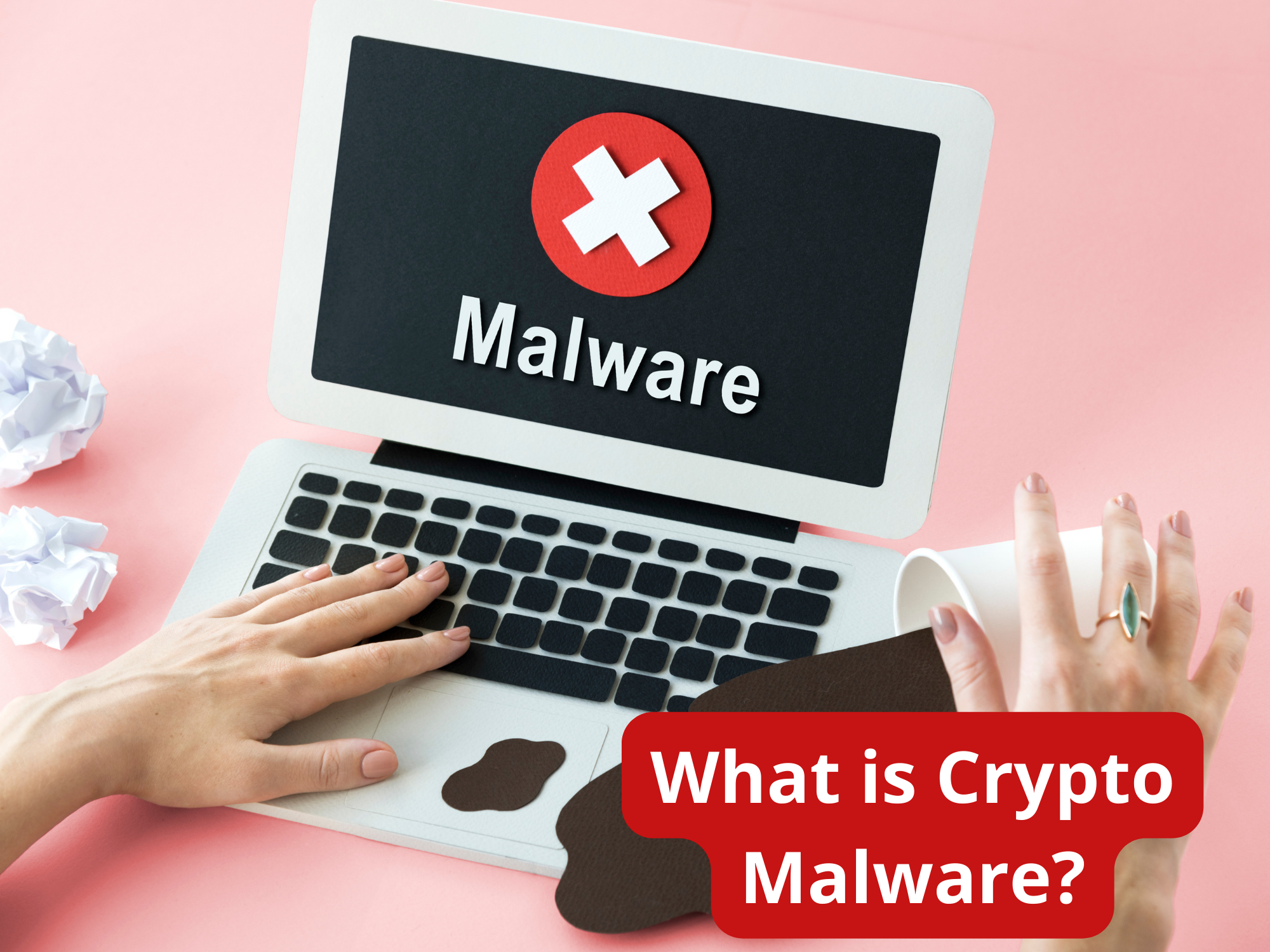What is Crypto Malware? And How to Detect it
In today’s digital landscape, the rise of cryptocurrencies has brought about new challenges in the form of cyber threats. One such threat is crypto malware, which poses a significant risk to individuals and organizations alike. In this article, we will explore what crypto malware is, how it infects systems, signs of infection, methods to detect it, and steps to remove it while safeguarding your digital assets.
What Is Crypto Malware?
Crypto malware, short for cryptocurrency malware, is a type of malicious software designed to exploit computing resources for unauthorized cryptocurrency mining. It typically infects systems by leveraging vulnerabilities in software, deceptive social engineering techniques, or by piggybacking on legitimate software downloads. Once infected, the malware hijacks the system’s processing power, leading to increased energy consumption, reduced performance, and potential damage to hardware components.
How Crypto Malware Infects Your System
Crypto malware employs various tactics to infiltrate your system. One common method is through phishing emails that trick users into opening infected attachments or clicking on malicious links. Drive-by downloads, where malware is silently installed when visiting compromised websites, are also prevalent. Additionally, crypto malware can exploit software vulnerabilities, such as outdated operating systems or unpatched applications, to gain unauthorized access to your system.
Signs Your Device May Be Infected With Crypto Malware
Detecting crypto malware early is crucial to minimizing the damage it can cause. Here are some common signs that your device may be infected:
- Sluggish Performance: Crypto malware consumes substantial computing resources, leading to a noticeable decrease in your system’s performance. If your computer suddenly becomes slow and unresponsive, it could be a sign of malware activity.
- Increased CPU Usage: Monitor your system’s CPU usage through the Task Manager or Activity Monitor. If you notice abnormally high CPU usage even when you’re not running resource-intensive applications, it may indicate crypto malware at work.
- Overheating and Fan Noise: Crypto malware exploits your system’s resources, generating excessive heat. If your device feels unusually hot to the touch or if the fans are constantly running at high speeds, it could be a symptom of crypto malware infection.
- Unexplained Network Traffic: Crypto malware often communicates with its command-and-control servers to receive instructions and transmit mined cryptocurrencies. Use network monitoring tools to check for suspicious outgoing traffic from your system.
How to Detect Crypto Malware on Your System
To effectively detect crypto malware, you can follow these steps:

- Use Antivirus Software: Install reputable antivirus software that offers real-time scanning and malware detection capabilities. Regularly update the antivirus software and perform full system scans to identify and remove any crypto malware.
- Employ Intrusion Detection Systems (IDS): IDS tools can help detect and alert you to any suspicious activity on your network, providing an additional layer of protection against crypto malware attacks.
- Monitor System Performance: Keep an eye on your system’s resource usage, such as CPU, memory, and network activity. Any abnormal spikes or sustained high levels of resource consumption may indicate the presence of crypto malware.
- Stay Updated: Keep your operating system, applications, and security software up to date. Regularly apply security patches and updates to protect against known vulnerabilities that crypto malware can exploit.
Related Article : Protect Your Website! 5 Tips For Securing Websites
How to Remove Crypto Malware and Protect Yourself
If you suspect crypto malware infection, take the following steps to remove the malware and protect yourself:
- Disconnect from the Network: Disconnect your device from the internet or any local network to prevent the malware from further spreading or communicating with its command-and-control servers.
- Use Malware Removal Tools: Run a full system scan using reputable malware removal tools. These tools can detect and remove crypto malware from your system effectively.
- Update Passwords: Change passwords for all your online accounts, especially those associated with financial transactions. Select strong, unique passwords and consider using a password manager to ensure better security.
- Enable Firewall and Security Features: Activate your device’s built-in firewall and other security features to create an additional layer of defense against malware threats.
Conclusion
Crypto malware poses a significant threat in today’s digital landscape, targeting both individuals and organizations. By understanding what crypto malware is, how it infects systems, and the signs of infection, you can take proactive measures to detect and remove it from your system. Additionally, practicing good cybersecurity hygiene, such as using updated software, employing antivirus and intrusion detection systems, and staying vigilant against phishing attempts, can help protect you from the risks associated with crypto malware. Remember, early detection and swift action are key to mitigating the potential damage caused by crypto malware.




